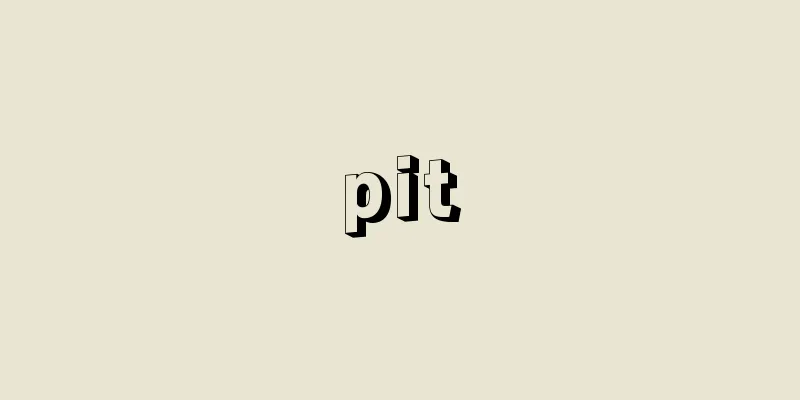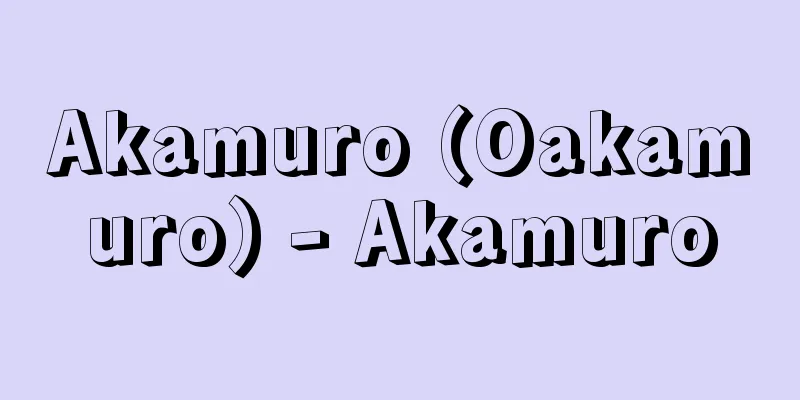Ship bottom paint - Senteitoryou
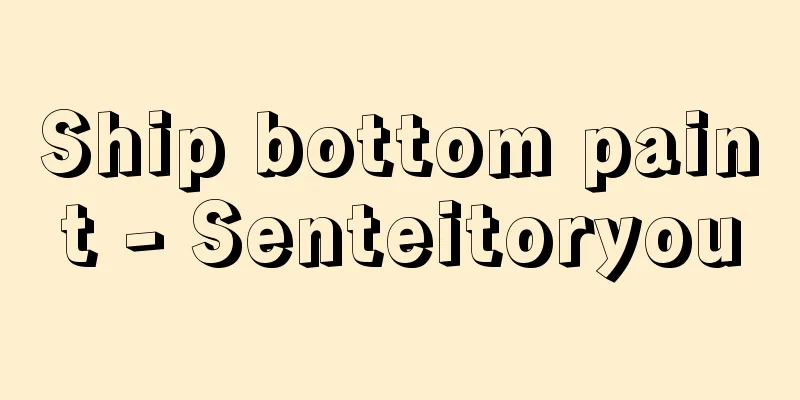
|
Paint applied to the bottom of a ship below the load waterline to prevent rust and the adhesion of marine organisms. The bottom of a ship is always in contact with seawater, so it is prone to corrosion. In addition, marine organisms such as oysters and barnacles attach to the bottom and continue to grow, causing unevenness and reducing the ship's speed. There are three types of bottom paint to prevent this: No. 1 paint, No. 2 paint, and No. 3 paint. No. 1 paint is a base coat paint for rust prevention, made by mixing aluminum powder, red iron oxide, lead, and various synthetic resins. No. 2 paint is a paint that prevents organisms from attaching, that is, anti-fouling and top coat, and is made by mixing cuprous oxide as an anti-fouling agent into regular paint. In the past, toxic mercury and arsenic compounds and organotin compounds were used, but their use is now prohibited for human safety and to prevent environmental pollution. No. 3 paint is also called waterline paint. That is, the area near the waterline is hit by waves and comes into contact with quays and buoys, and repeatedly dries and wets due to changes in the draft. For this reason, No. 3 paint is used as a top coat near the waterline, which is effective in preventing rust and dirt, as well as wear and environments where the ship alternates between drying and wetting. Recently, research has been conducted separately from this, to reduce water resistance and increase speed by applying a top coat of paint that is as slimy as eel mucous membrane, and this has proved quite effective. [Morita Tomoharu] [Reference] | |Source: Shogakukan Encyclopedia Nipponica About Encyclopedia Nipponica Information | Legend |
|
さび止めおよび海洋生物の付着を防ぐために、船の満載喫水線から下の船底部へ塗る塗料。船底部はつねに海水と接触しているので腐食しやすい。また、カキやフジツボなどの海洋生物が付着して成長を続けるので凹凸ができて速力低下の原因となる。これらを防止するための船底塗料には、1号塗料、2号塗料および3号塗料がある。1号塗料はさび止めを目的とした下塗り用の塗料で、アルミニウム粉、べんがら、鉛などを各種合成樹脂で練り合わせたものである。2号塗料は生物の付着防止すなわち防汚と上塗りを兼ねた塗料で、普通のペイントに防汚剤として亜酸化銅を混ぜてある。以前は毒性のある水銀やヒ素の化合物、有機スズ系化合物が使われていたが、現在は人体への安全と環境汚染防止のため使用が禁止されている。3号塗料は水線塗料ともよばれる。すなわち、水線付近は波に打たれたり岸壁やブイと接触するほか、喫水の変化で乾いたりぬれたりを繰り返す。このため、水線付近には、防錆(ぼうせい)や防汚のほか摩耗や乾・湿を繰り返す環境にも有効な3号塗料を上塗りに使う。最近、これらとは別に、ウナギの粘膜のようにぬるぬるする塗料を上塗りして水の抵抗を減らし、速力をあげようという研究が行われ、かなり効果をあげている。 [森田知治] [参照項目] | |出典 小学館 日本大百科全書(ニッポニカ)日本大百科全書(ニッポニカ)について 情報 | 凡例 |
<<: Preadaptation - Zentekiou (English spelling)
Recommend
hopak
...Ukrainian and Belarusian dance with very fast ...
Revolt of the Comuneros - The Comuneros's Rebellion
A revolt of comunidads (city self-governing organi...
Puri
A port city on the Bay of Bengal in the eastern pa...
Vasilii Kirillovich Trediakovskii
1703‐68 Russian poet. He studied at the Sorbonne, ...
Awafukia nawai (English spelling) Awafukianawai
...The white-banded Awafuki moth Aphrophora inter...
B lymphocyte
…A small lymphocyte that exists in peripheral lym...
"Theory of Surfaces"
… CF Gauss is a mathematician who stands on the b...
Kukitachina - Kukitachina
…In China, the cultivation of rapeseeds has been ...
Regional Plan Association
…In line with this proposal, the British governme...
Kushan Gold Coin
…Roman imperial documents tell us that a large am...
Crepe - クープ (English spelling) crepe
A general term for crepe and chijimi fabrics made...
Sorge, Richard
Born: April 10, 1895 in Baku [Died] November 7, 19...
Intervention currency
The currency used by each country's monetary a...
Anorthocles - Anorthocles
…A general term for the solid solution series bet...
Jack - Jack (English spelling)
A mechanical device that lifts heavy objects vert...
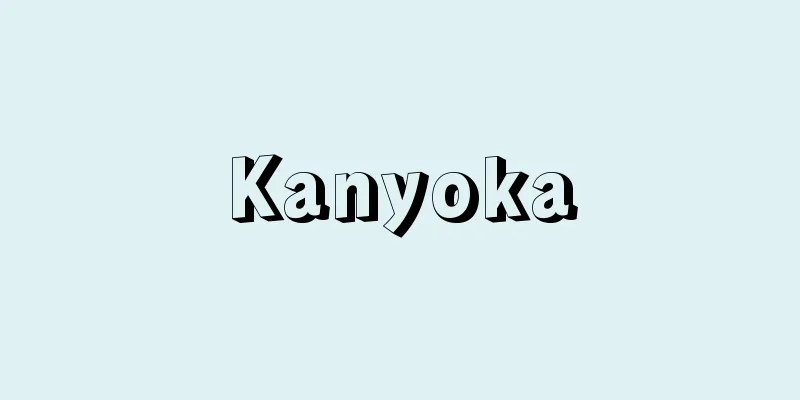


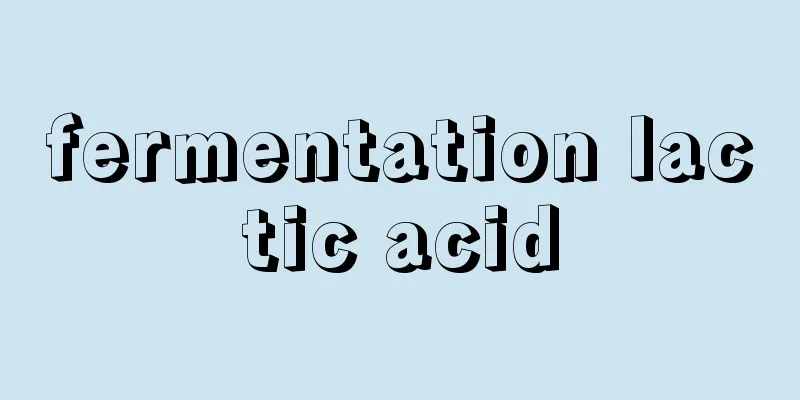

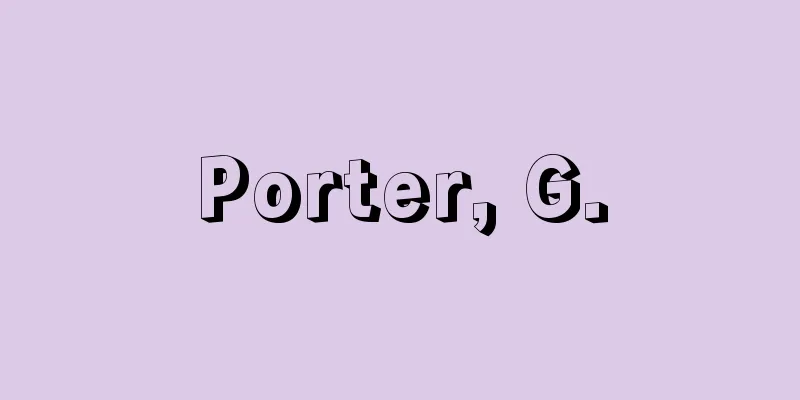
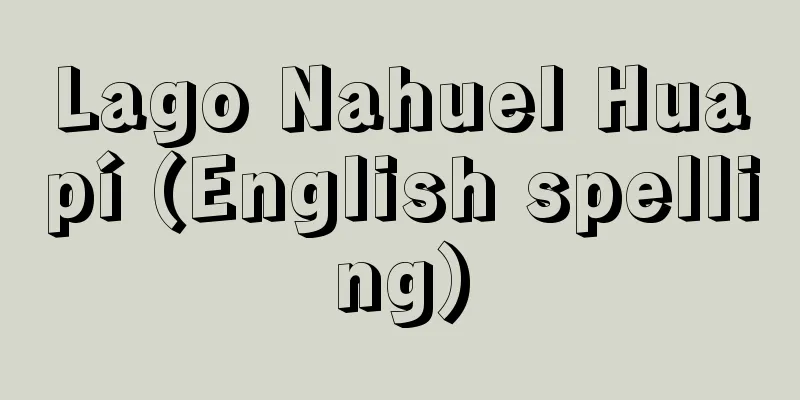
![Baiko Onoe (7th generation) - Let's go to Onoe [Nanasei]](/upload/images/67cfd81d8d0d3.webp)
